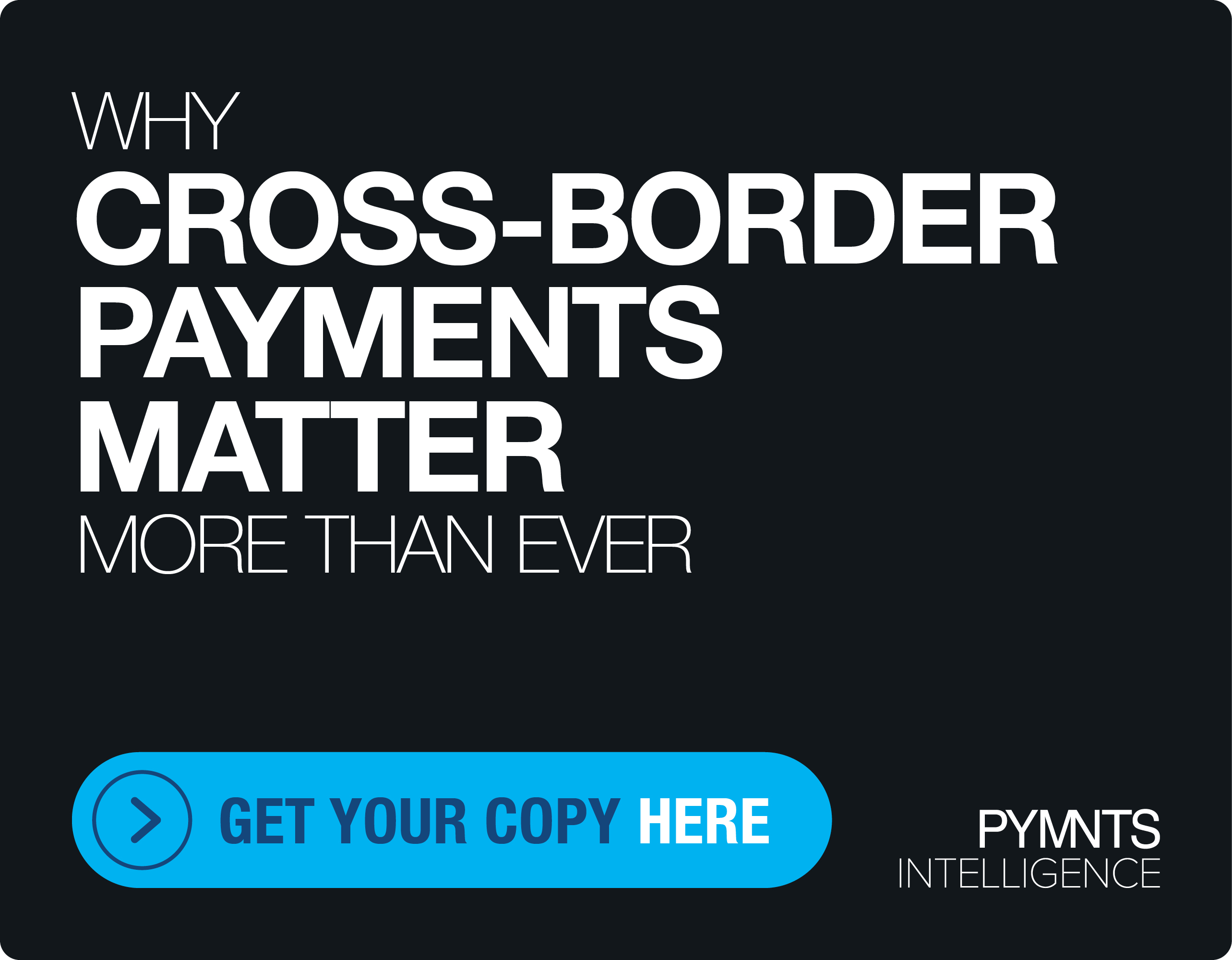Zelle: How Faster Corporate Disbursements Will Ignite Its P2P Network
Consumers can be an impatient bunch, and that becomes pretty clear when the conversation turns to insurance checks and other corporate disbursements. But what would happen if faster disbursements were combined with a (peer-to-peer) P2P service that is striving for more bank partners and customers?
That was the subject of a recent PYMNTS interview with Drew Edwards, CEO of instant money network Ingo Money, and Lou Anne Alexander, group payments president of the bank-owned Early Warning, which itself owns the digital P2P payments network Zelle.
Today, Zelle has a direct connection to 143 banks, using the consumer’s mobile phone number as an alias to route funds to the appropriate bank account. Connections to accounts outside of the Zelle network are completed through another alias: a network-branded debit card, with an option for those account holders to register directly with Zelle via the app.
Ingo Money is focused on real-time corporate disbursements. Through its instant money service, companies can send funds in real time to more than 4.5 billion consumer accounts, including credit or debit cards, online wallets and cash-out distribution points.
Zelle’s partnership with Ingo powers a new white-label solution targeting corporate disbursers, enabling them to efficiently distribute digital disbursements to consumers — directly to bank accounts using Zelle or to any of the other billions of endpoints that Ingo supports, including digital wallets. Ingo takes the disbursement files that these corporate disbursers would ordinarily send for ACH or check distribution and distributes those funds in real time.
Edwards said some of the financial institutions (FIs) interested in using Zelle for business-to-consumer disbursements might be more comfortable integrating directly with Zelle. Describing Ingo as an “enabling partner,” Edwards said that other banks “will look for a partner that can give them a single integration to all disbursement choices, including Zelle, and that’s what this relationship is all about.”
Disbursement Variety
The service now covers 12 different categories of disbursement. Today, Alexander said, those requests for instant disbursements typically involve “emergency payments, with disaster relief and insurance claims topping the list.”
Financial aid also represents an active area for the disbursement service. Traditionally, students needing money for books, tuition, and room and board would pick up a check from the appropriate authority or office, deposit it into an account and make the relevant purchases. That often left some students on edge, hoping nothing bounced. Now, they can benefit from having funds deposited into their accounts and using debit cards for what they need to buy.
Future Growth
Alexander said that broadening the landscape for disbursements could fuel Zelle’s growth, both in terms of customers and payments volume. The Ingo partnership not only gives corporates an on-demand, digital disbursements solution, but also creates a new customer acquisition channel for Zelle. Users outside the Zelle network can be invited to enroll for future disbursements across any of the disbursers that Ingo supports, with those funds deposited directly into their bank accounts.
She noted that, in the first quarter of 2018, “we did $25 billion worth of payments, and 85 million transactions.” She said that Zelle’s disbursement solution, which is live, has five banks as clients on the disbursement side, with two more FIs in the “implementation” phase.
Alexander added that the service’s growth, so far, has been encouraging. She predicted that, with Ingo’s added support and within 18 months, “disbursements will start to blow out some of the other volumes we will see in the network.” She also hopes to see the service expand to include much more than emergency payments.
